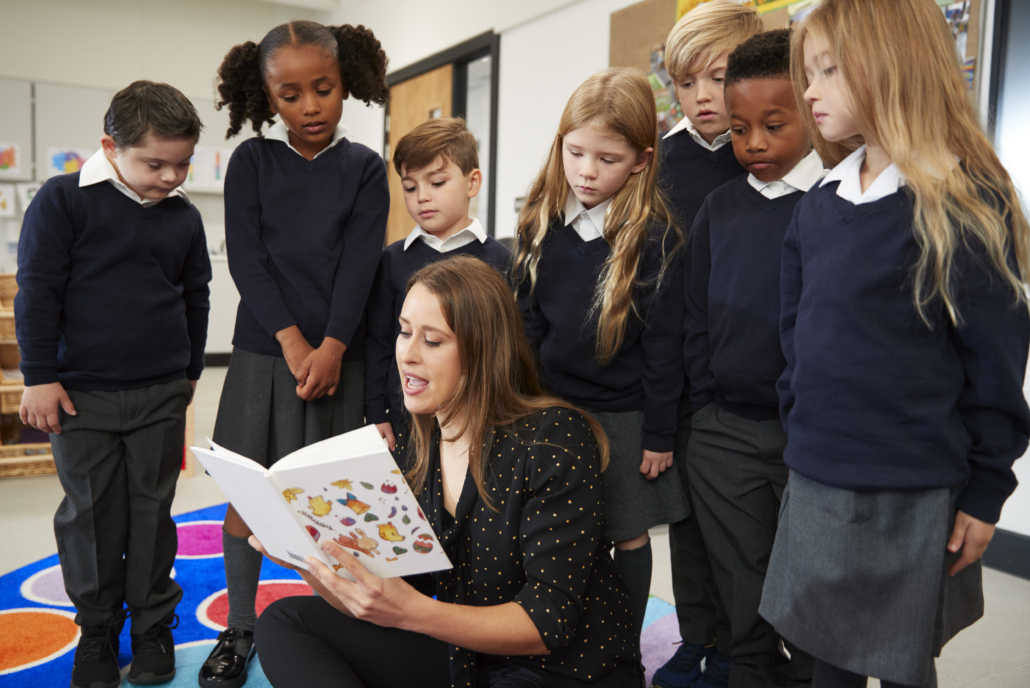Since its beginnings over twenty years ago, the WITS programs have become recognized as one of Canada’s leading peer victimization prevention programs. Here is a sampling of various research evaluations that showcase the effectiveness of our program in school communities.
Safer Schools
Published in January, 2021, the final report of the Hamilton-Wentworth District School Board followed a lengthy review of peer victimization in area schools includes WITS Programs in its recommendations.
(Safe Schools: Bullying Prevention & Intervention Review Panel. Hamilton-Wentworth District School Board, “Building Healthy Relationships and an Inclusive, Caring Learning Environment. https://www.hwdsb.on.ca/wp-content/uploads/2021/01/Safe-Schools-Report-Summary-2021-.pdf).
Social Emotional Learning
In 2017, Dr. Kimberly Schonert-Reichl coauthored an article in the Canadian Journal of Community Mental Health highlighting WITS as one of three examples of what is happening in BC to promote the mental well-being and mental health of children in schools. The article’s authors describe why WITS might be a good fit for contexts where challenging student behaviour is a problem.
(Hymel et al. “Promoting Mental Well-Being Through Social-Emotional Learning in Schools: Examples from British Columbia: https://www.cjcmh.com/doi/pdf/10.7870/cjcmh-2017-029)
5-Star Resource
WITS gets 5 stars on the University of British Columbia’s Social & Emotional Learning Resource Finder website

Primary school kids standing in the classroom behind their female teacher who is sitting and reading a book to them, front view
Evaluation #1: 2000-2003
The first three-year program evaluation conducted examined data from 11 program and six control schools. The evaluation, which looked at children’s ratings of relational and physical victimization, found that relational victimization decreased in all program schools and low-poverty control schools but increased in high-poverty control schools. In addition, physical victimization decreased in all program schools and low-poverty control schools but increased in high-poverty control schools.
Evaluation #2: 2006-2008
The second evaluation examined data from six program and five control schools on children’s ratings of physical and relational victimization and teacher’s ratings of social responsibility among students. The rate of decline in both physical and relational victimization was greater in program schools than with control schools. Furthermore, program schoolteachers reported higher average levels of social responsibility at each time point, compared to control schools.

